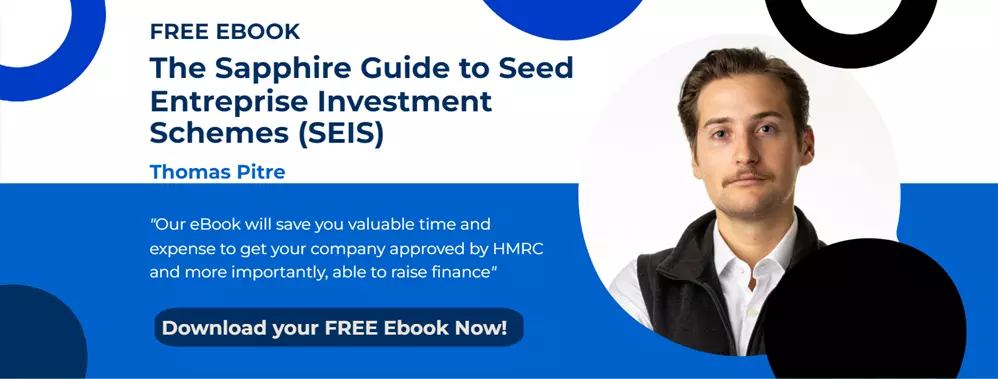
There is a multitude of reasons why a person may like to invest their hard-earned cash, be it savings, deferring capital gains, other tax breaks, wealth management or preparing for retirement. Regardless of the reason, financial situation or age, there are plenty of options out there to invest in a tax-efficient manner to maximise your returns. This guide gives a brief overview of different tax-efficient investing options that are applicable to various levels of net worth and income.
Growing older is a natural evolution of life, one that many people like to prepare for from a financial perspective. Individuals can invest through their pensions in a tax-efficient manner via a variety of different plans dependant on their needs, for example, Self Invested Personal Pension (SIPP), Stakeholder Pensions, Small Self-Administered Schemes (SSAS) and Executive Pension Plan.
Another tax-efficient investment option is through Individual Savings Accounts (ISA’s), which are one of the most popular tax-efficient investment methods in the UK. There are different types of ISA’s for investment purposes, such as Stocks and Shares ISA’s and the Innovative Finance ISA (IFISA). The idea of investing through an ISA is the ability for your investment to grow and generated income will be exempt from the relevant taxes.
Some investors prefer investing in early-stage companies, the returns are usually higher, but so is the risk. Venture Capital Tax Efficient Schemes, such as SEIS and EIS, give investors lucrative tax reliefs which in turn reduces their capital at risk. Through SEIS some tax breaks for investors include 50% income tax relief, founders relief, loss relief and capital gains on disposal relief. EIS is very similar, the main difference being the income tax relief is at 30% and there is no founders relief, the bonus of EIS however, is that the Company can raise a lot more money through this avenue. It is important to take into consideration that there is a lot of conditions a company must meet in order to qualify for SEIS and EIS, as well as meeting these conditions for a three-year qualifying period.
This blog covers an overview of the most popular tax-efficient investing methods, before considering investing, it is essential to research thoroughly and where applicable seek professional advice. Investments can typically be for the long term, they naturally carry a risk that you could lose all your money and quite often there are limitations or conditions surrounding who can invest.



